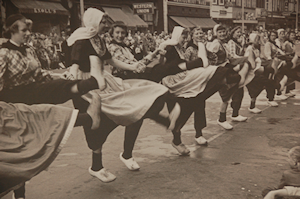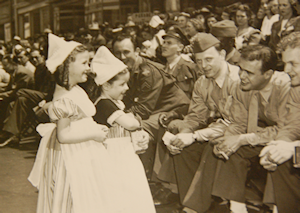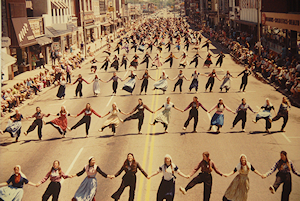Dutch Dancing

Imagine walking the streets of downtown Holland and seeing hundreds of authentically costumed dancers performing right before your very eyes. These Dutch Dance performances are a lively and colorful spectacle that is guaranteed to entertain audiences of all ages.
The dancers, who range from third-grade students to adults, wear traditional Dutch costumes and wooden shoes known as klompen. They kick and twirl their way through the music, performing a traditional dance that has been enjoyed through many generations. The energy and enthusiasm of the performers are contagious, it is impossible not to be swept up in the joy and excitement of the performances.
Whether you are a local or a visitor, the Tulip Time Dutch Dance performances are not to be missed. They are a celebration of Holland's cultural heritage and a testament to the enduring spirit of the community. So, grab a seat on the sidewalk, sit back, and enjoy the show!
History

The history of Dutch Dance began in 1935 with local high school girls performing at the Tulip Time Festival. They were dressed in costumes and were called “Klompen Dancers.” The precursor to these Dancers began 2 years earlier when a high school gym teacher Ethel Perry trained twelve students to perform Dutch Folk dances. The Dancers, then called the “Dutch Villagers”, performed to the tune of “Where, Oh Where, Has My Little Dog Gone?" but did not perform as part of the Festival.

Originally the dancers’ costumes were delft blue with white organdy caps and aprons. In 1953 a compilation of Dutch Folk music was created, Dutch Dance as we know it was choreographed and standards for costumes were developed. Over the years, as information became available, additional costumes were added and revisions were made.

Today’s Dancers wear costumes patterned after the traditional dress of the Dutch Provinces. Each costume is handmade by local seamstresses and carefully inspected before it can be worn in the Dutch Dance performances.

